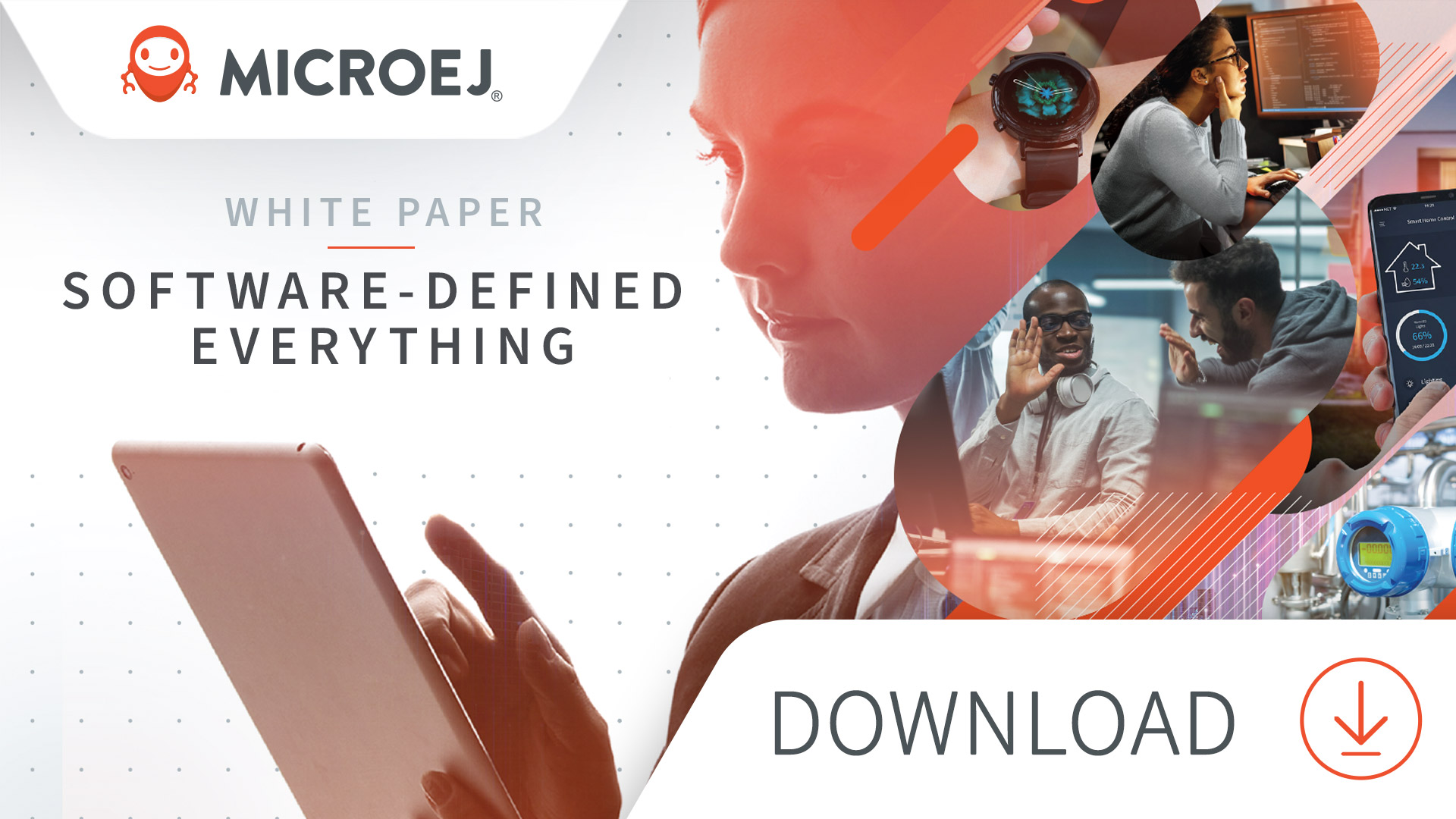Generative AI, represented by the skyrocketing popularity of tools like ChatGPT and GitHub Copilot, has firmly established itself as the fastest-growing technological marvel in history. With business magnates increasingly prioritizing innovation, revenue growth, and operational efficiency, it comes as no surprise that a commissioned study conducted by Forrester Consulting on behalf of Grammarly in May 2023 revealed a staggering statistic: 97% of organizations are poised to integrate generative AI into their systems within the next two years.
Yet, amidst this transformative wave of innovation, pivotal questions concerning ethics, confidentiality, and accuracy emerge. Is it prudent to fully embrace this wave of innovation without implementing adequate safeguards?
Why is Gen AI Important for Software Development?
Enhanced Efficiency
Generative AI’s capacity to double developer productivity, as highlighted by a 2023 McKinsey report, catapults developers into realms of unparalleled efficiency, enabling engineers to concentrate on more intricate and vital aspects of software development. Instant code suggestions and recommendations streamline workflows, reducing manual labor and liberating time for collaborative efforts such as security reviews, planning, and pair programming. Moreover, it facilitates more efficient debugging, offers lucid code explanations, and pinpoints clarity gaps.
Improved Quality
AI-driven code generation serves as a catalyst in enhancing the quality of code by furnishing essential software debugging and optimization support, promptly resolving errors, and optimizing performance. It effectively identifies errors and boosts performance by crafting optimized code, thereby mitigating the likelihood of bugs or coding errors. An illustrative example is its proficiency in generating high-level architecture diagrams based on inputs or specifications, ensuring seamless integration of all system components.
Is the Exponential Growth of Gen AI Endangering Your Software?
Despite the rapid adoption of Gen AI by organizations, employees are outpacing the adoption curve. According to a GitHub study, 92% of U.S.-based developers are already leveraging AI coding tools both within and outside of their professional spheres. While these tools enhance day-to-day tasks and provide avenues for upskilling, surprisingly few companies have established official policies governing their usage.
Postponing the enterprise-wide deployment of Gen AI exposes organizations to burgeoning security risks and future IT challenges. Conversely, businesses embracing a unified, company-wide approach stand to maximize the efficiency and effectiveness of Gen AI across their operations.
Implementing guardrails is imperative to ensure the safe and effective utilization of AI technology. These measures empower individuals to harness AI’s potential while mitigating potential risks.
Ensuring Code Accuracy
Generative AI tools, while proficient, may lack comprehensive context and understanding of real-world limitations. It has been observed that code churn—the percentage of lines that undergo reversion or updates within two weeks of being authored—is projected to double in 2024 compared to its pre-AI baseline in 2021. This underscores the pivotal role of meticulous code review to ensure quality code meets functional and performance requirements, compiler compatibility, hardware suitability, and safety measures, among other considerations. Additionally, manual intervention is crucial to verify and align generated code with specific requirements, thereby ensuring precision and reliability across various conditions.
Moreover, AI models lack the human ability to discern security implications in diverse contexts. Consequently, utilizing AI-generated code without close scrutiny and modification can expose software applications to critical security risks. Properly sanitizing user inputs or employing safe abstractions offered by programming languages, libraries, or frameworks are essential strategies to defend against potential vulnerabilities like path traversal.
Confidentiality
While Gen AI tools offer invaluable assistance, caution must be exercised when sharing software code containing proprietary or confidential data. A recent incident chronicled by Dark Reading revealed engineers at Samsung inadvertently sharing sensitive information with ChatGPT while debugging code. While ChatGPT’s FAQ stipulates that such content is stored and shared with “trusted service providers” solely for model training purposes, the breach underscores the importance of maintaining confidentiality by refraining from sharing sensitive code.
Mitigating IP concerns
Open-source license compliance and copyright law pose significant areas of uncertainty surrounding AI coding tools. ML models trained on open-source libraries, including copyleft-licensed ones, raise questions about the copyleft nature of Gen AI outputs and users’ obligations under original copyleft licenses. Additionally, recent administrative and case law challenges have cast doubt on the independent intellectual property rights of generative AI software systems, potentially limiting organizations’ ability to protect created IP.
To mitigate the risk of IP infringement, developers can adopt several concrete steps:
- Utilize generated code on non-strategic code only.
- Employ Software Composition Analysis tools like Synopsys Black Duck to scan code for known open-source snippets.
- Use code snippets from Gen AI as suggestions or ideas and rephrase them, ensuring originality and compliance with IP regulations.
In Conclusion
Gen AI, with its remarkable capabilities, cannot wholly supplant human developers—at least not yet. Software developers must comprehend the context and meaning of AI suggestions, acknowledging that AI, like any tool, is fallible.
While AI coding tools offer tremendous potential, they are still in their infancy and not seamlessly integrated into enterprise workflows. Employees must navigate prompt engineering, validate generated code, and safeguard against disclosing confidential data to tools like ChatGPT and other Gen AI chatbots.
The journey with generative AI is exhilarating, but it necessitates a vigilant and judicious approach to navigate the complexities and uncertainties it presents. So with that in mind, let’s embrace the exciting possibilities that AI brings to the table, forging ahead with curiosity and caution to unlock its full potential.



